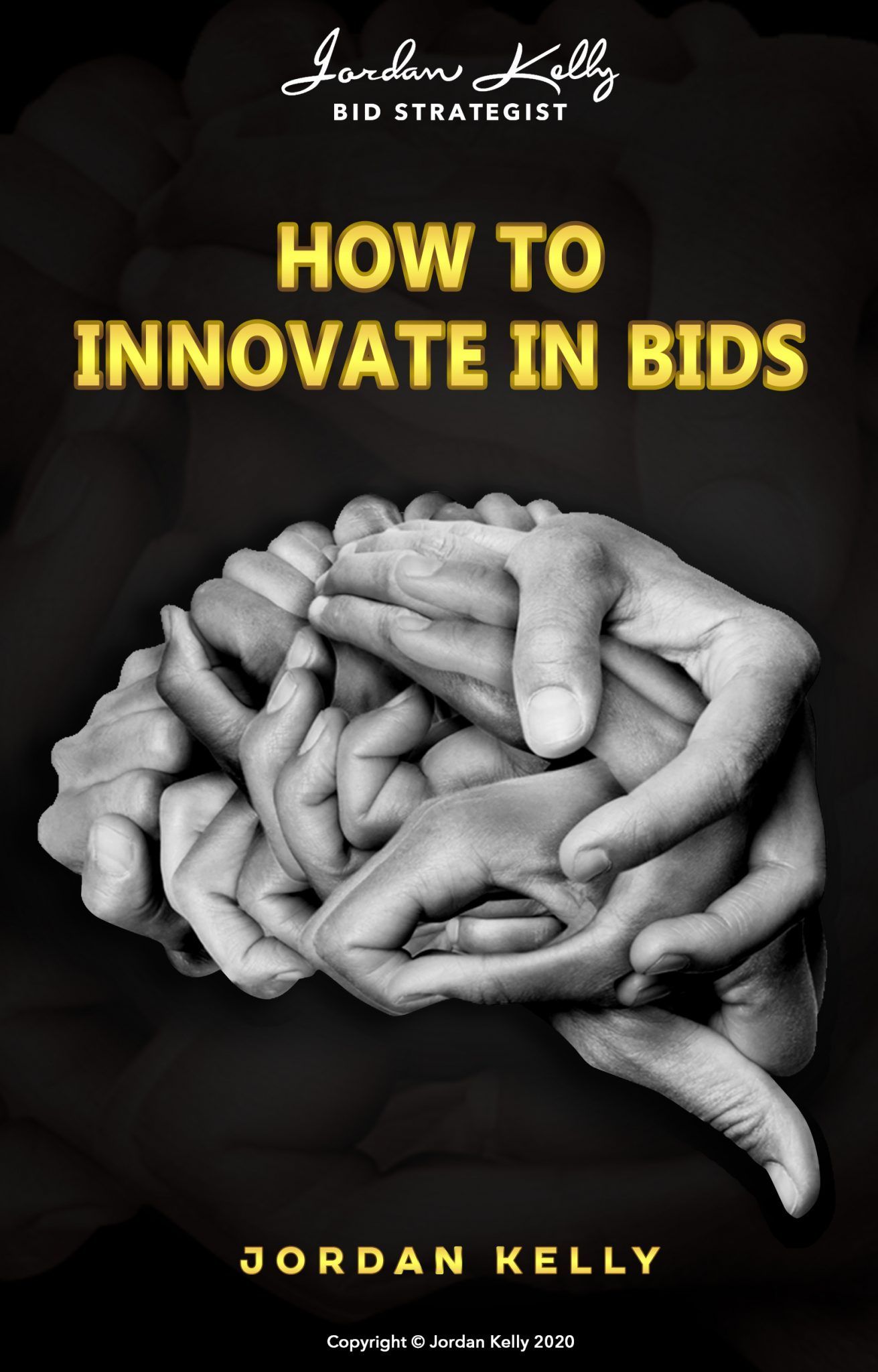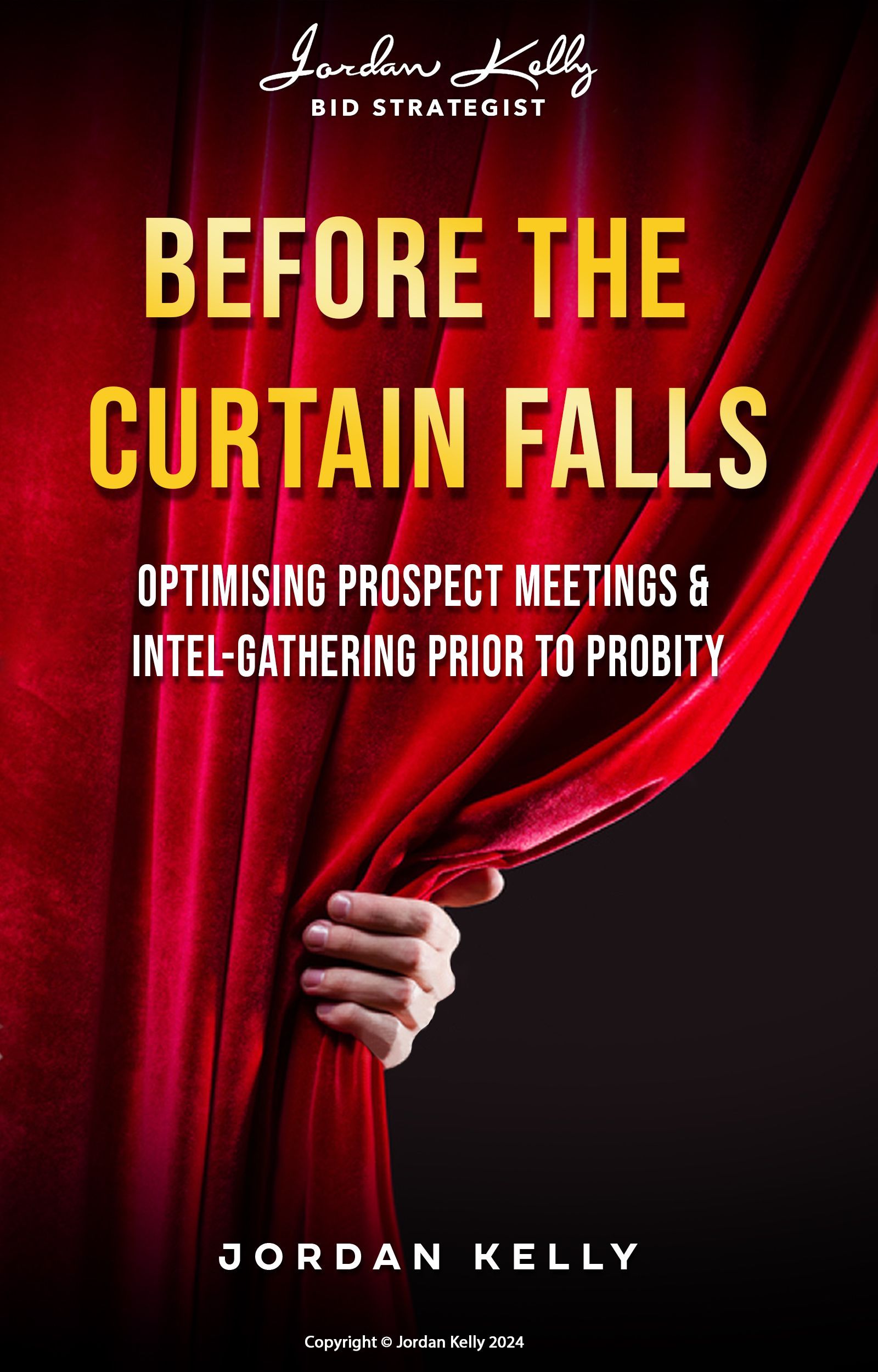CATEGORIES:

"What we’re trying to buy is new and innovative thinking – not our own thinking recycled back to us from the other side of the table."
That was the strong message from Treasury New Zealand’s Head of PPP Program Fiona Mules, as she departed the position for a new phase as an independent, advising infrastructure and services delivery agencies on key procurements in the country’s PPP pipeline.
Mules says the sector at large is yet to truly grasp Treasury’s mindset and the full intent of its non-prescriptive model.
“It’s totally outcome-focused,” she says. “I know they’ll say they understand that, but they don’t really ‘get’ all the implications for their role in it.
“It’s about taking our desired outcomes, truly understanding where we’re coming from with them, and interpreting them forward into an insightful, seamless and comprehensive solution.
‘They Struggle with a Blank Sheet of Paper’
“The fact is, they struggle with having to start with a blank sheet of paper. We give very little guidance, and they struggle with someone not simply telling them what it is that we want.”
She says that while the consortia who successfully bid the Hobsonville Schools and Wiri Prison projects finally “got it” by the time they reached the end of the bidding phase, it would have been a sharper and more productive process if they’d grasped the thrust of Treasury’s approach “from Day One”.
“They kept asking us questions and we kept saying ‘No – you go and figure this out. We’re not going to spoon-feed you.'
"But they kept coming back to the table to get answers as to how to do it. And we’re reluctant to give them any ‘how to’ answers . . . because what we’re trying to buy is new and innovative thinking – not our own thinking recycled back to us from the other side of the table.”
‘Formulate and Ask the Right Questions’
Mules says she appreciates that bidders may feel they’re simply trying to identify the point at which they are balancing innovation with “going too far”.
In answer to this, she provides the reassurance that Treasury and the delivery agencies will readily point out this juncture if and when it is reached – if bidders take the responsibility to formulate and ask the right questions.
“They need to move themselves along their own lines of investigation to get to those ‘right’ questions. It’s not as simple as asking something bald like, ‘What is innovation and where should we spend our time?’
“In the Schools project, for example, innovation did cross that line. And it crossed that line because the right questions weren’t asked of us. Bidders came to the table with recommendations for actual teaching styles; they went past what we saw as the brief.
“The right question would have been, ‘Do you want innovation in terms of teaching styles or just in terms of how the asset and the service provision will facilitate and enable the teaching style?’ That was the critical question – and they didn’t ask it.
“You have to be carefully planned with your questions, so that you can pinpoint exactly where we value innovations and where we don’t. That, in turn, allows us to provide a meaningful answer.”
Mules points to the Wiri Prison project as one in which innovation was wanted and valued by Treasury and the procuring agency in every single aspect.
“On Wiri, there was no component where innovation wasn’t being valued. Wiri bidders could have brought anything to the table. Anything went, there was no need to take people away from any avenue of investigation they were going down.
“From that perspective, the two projects were quite different. That’s why you can’t take the same approach in every case.
‘Do the Thinking First and Then We’ll Engage’
“The bottom line is this: Bidders need to do the thinking first and then we will engage with them. We’re not prepared to engage with them if they won’t do the research. They can’t just ask us basic questions, too soon, with the objective of narrowing down their research brief and giving themselves an easier time.
“They still need to focus on the whole picture. Then from that point, we’ll help them narrow down the brief so they can refine their focus. And we will do that – we will tell them if they’re going too wide, because we don’t want them wasting their time. But only where we see them genuinely doing their own thinking, not trying to use us to do it for them.
“The key message is, don’t be lazy. Do your own thinking. Do your homework. Don’t come to the table and expect that that will be all you have to do to get the information you need, because we’re not going to engage on that basis.”
Striking A Careful Balance Between Probity and Protection
In November 2012, NZCID staged a “Path Finder” forum for all parties – from both the public and private sectors – that had been involved in the bid phase of these first two New Zealand PPP projects.
The purpose of the forum was to identify, on the one hand, what went well and, on the other, what could be improved in subsequent projects.
While the overarching view was that both bidding phases had “gone well”, several key “opportunities for improvement” were identified. High on the list of priorities was reviewing the substantial degree of probity featured in the interactive tendering processes.
Says CEO Stephen Selwood:
“It was felt that, towards the objective of fostering lateral thinking, there was room to examine this for future projects. It was agreed there was a way of achieving more meaningful communication with the client, without jeopardising competing consortia’s developing propositions.”
Selwood says the aim of any review should be to strike a careful and productive balance whereby each bidder can test concepts with the client in a truly interactive manner, but with strong Chinese walls in place within the client organisation, to guard against cross-pollination of ideas between consortia.
“On the projects to date there were a lot of confidentiality agreements . . . which wasn’t that conducive to an effective interaction process.
“While strict and effective probity is critical to protect bidders, it’s equally important to provide for open and detailed discussions with the client so that each consortium can properly test the avenues it’s going down.”
Those representing the industry at the forum sent the firm message to Treasury and to client organisations that they were prepared to trust the public sector to respect the confidentiality of their ideas, he said. Meantime, client-side representatives at the forum indicated their appreciation of the private sector’s desire for more interactive processes and its willingness to be more open in those environments.
“Prior to this, the public sector had been perhaps a little overly sensitive to what it perceived as the risk of being accused of cross-pollination between competing bid teams. That had showed up in the degree of feedback it had given to each consortium during the bid phase.”
Probity Policies Require Review Going Forward
For the most part, PPP lawyer, Russell McVeagh Partner David Holden agrees with Selwood.
“The probity process on the two Pathfinder projects reflected the fact that they were exactly that: Pathfinder projects. The public sector parties were acutely aware of the degree to which those projects would be subject to scrutiny as the precedent-setting PPPs for New Zealand,” says Holden.
“The political sensitivity of the Wiri Prison project intensified that probity-consciousness. While the Department of Corrections was very aware of the need to balance its obligation to conduct a fair and transparent process, it was also extremely sensitive to the need to protect the integrity of the competitive process, in order to maintain the confidentiality of each tenderer’s submission.
“However, policies now need to be reviewed in the context of a growing and developing procurement methodology, to ensure against bogging down in legal and probity detail to the extent that this restricts innovation or the ability for the private sector to properly prepare and mobilise for projects.
“Parties interested in potentially upcoming PPP projects have, for example, been required to sign confidentiality agreements that have prohibited discussions with third parties. This extreme level of caution is of limited value or benefit to the public sector. In fact, if complied with, it would prevent sponsors from actually building consortia or appointing advisors in respect of those projects – which runs completely contrary to the benefits of holding market sounding and briefing sessions.”
Holden points out that a similar principle is at play with regard to sharing underlying client rationale for the risk allocation proposed within the draft project agreement.
“A tendering process in which the public sector addresses queries regarding commercial intent with a flat ‘Look at the project agreement; that’s what we want,’ response, may well be successful in making sure the private sector does its thinking – but it may also prevent the sector from properly understanding the rationale behind the provisions in the project agreement.
“Logically speaking, the private sector can’t propose insightful, better VfM innovations that reflect the Government’s rationale, if that rationale remains unknown to bidders.”
HOW TO INNOVATE IN BIDS

(Training Program)
"Innovation" in the context of the big-ticket bidding space takes on a very specific definition.
It’s the bidder that demonstrates a
deep and genuine grasp of this definition – and stays tightly guided by it in the “innovative approach” it is asked to propose in its submission – that is likely to be successful.



